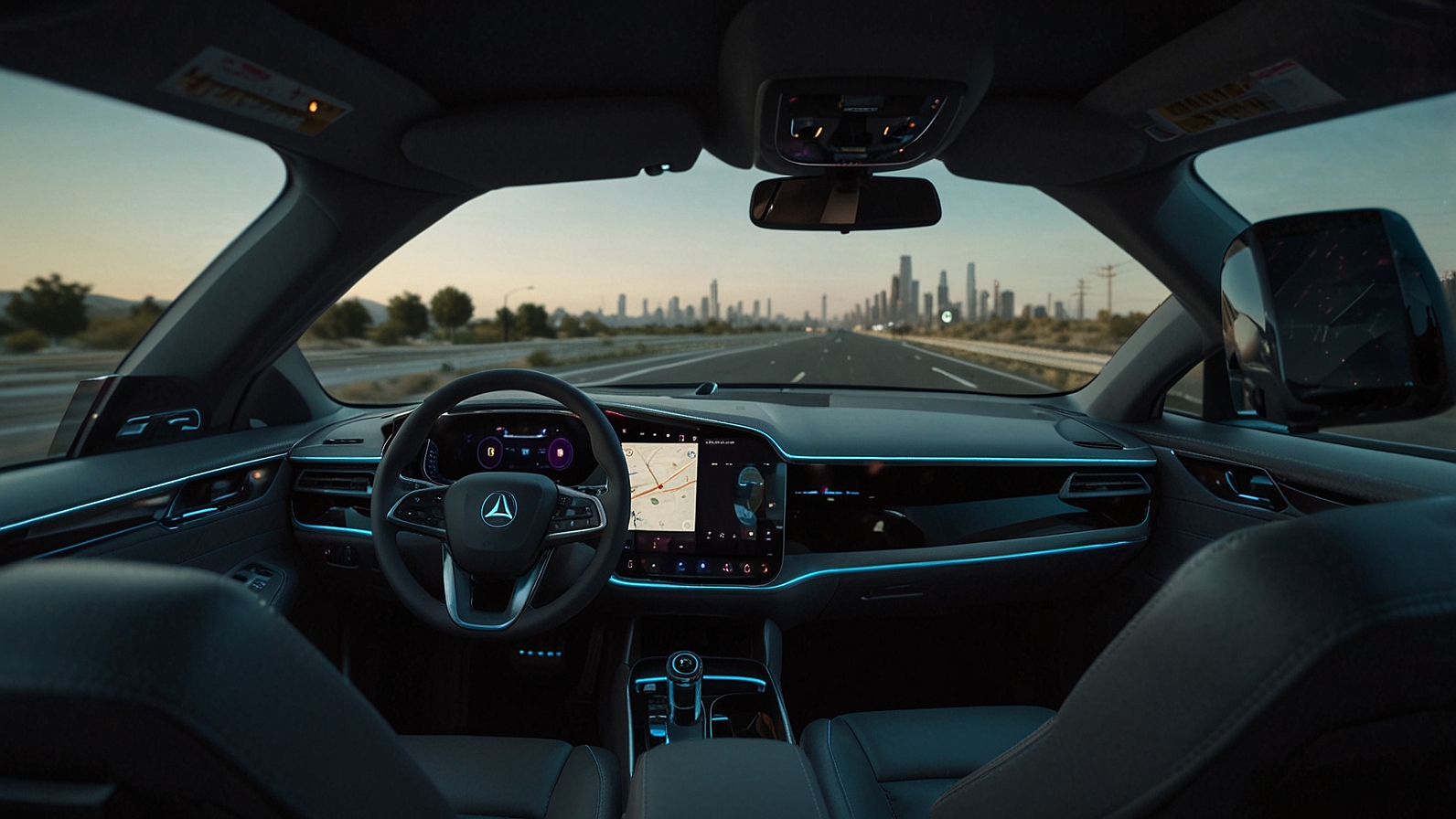Artificial intelligence (AI) is reshaping industries, revolutionizing decision-making, and enhancing daily life. However, as algorithms increasingly influence critical areas such as healthcare, hiring, education, and criminal justice, the ethical implications of AI demand attention. Fairness and transparency are paramount to ensuring AI benefits everyone equally, avoiding biases, and fostering trust. This article explores the importance of ethical AI, the challenges of achieving it, and practical steps to promote fairness and transparency in algorithms.
The Need for Ethical AI
AI systems are only as unbiased as the data and processes used to create them. When flawed data or opaque decision-making mechanisms underpin AI, the results can perpetuate or even amplify societal inequalities. Ethical AI prioritizes accountability, inclusivity, and fairness, ensuring technology serves humanity without unintended harm.
Key Concerns in AI Ethics:
- Bias in Algorithms: AI can inherit and perpetuate biases present in training data. For example, biased hiring algorithms may favor certain demographics based on historical inequalities.
- Lack of Transparency: Many AI systems operate as “black boxes,” making it difficult to understand or challenge their decisions.
- Accountability Gaps: When AI systems make mistakes or cause harm, determining responsibility can be complex.
Addressing these concerns is crucial as AI becomes more integrated into systems that impact people’s lives.
What Is Fairness in AI?
Fairness in AI means ensuring algorithms operate without bias and treat all individuals or groups equitably. However, defining fairness can be complex because it varies based on cultural, legal, and contextual perspectives.
Types of Fairness:
- Group Fairness: Ensures that outcomes are distributed equally across demographic groups (e.g., gender, race).
- Individual Fairness: Treats similar individuals similarly, regardless of their demographic characteristics.
- Procedural Fairness: Focuses on the fairness of the process rather than just the outcomes.
Balancing these fairness types can be challenging, as optimizing one may conflict with another. For example, ensuring equal success rates for all groups might lead to differences in how individuals are treated.
Transparency in Algorithms
Transparency involves making AI systems understandable to all stakeholders, from developers to end-users. This ensures decisions made by AI are explainable, accountable, and justifiable.
Elements of Transparency:
- Explainability: Users should understand how AI reaches its conclusions.
- Traceability: The data and methodologies used to build and train the algorithm should be well-documented.
- Auditability: Independent experts should be able to review AI systems to assess their fairness and accuracy.
By prioritizing transparency, organizations can build trust and mitigate the risk of unethical or biased outcomes.
Challenges in Achieving Ethical AI
Despite growing awareness, implementing ethical AI faces several obstacles:
1. Biased Training Data
AI systems rely on historical data, which may reflect societal biases. For example, facial recognition systems trained on predominantly light-skinned faces have been shown to perform poorly on darker-skinned individuals.
Solution:
- Use diverse and representative datasets.
- Regularly audit and update data to reflect changing societal norms.
2. Lack of Standardized Guidelines
The AI field lacks universal ethical standards, making it challenging to enforce consistent practices across industries and regions.
Solution:
- Develop industry-specific guidelines for ethical AI.
- Collaborate with international bodies to establish global standards.
3. Trade-Offs Between Accuracy and Fairness
Optimizing for fairness may reduce an algorithm’s accuracy or efficiency, especially in resource-constrained environments.
Solution:
- Prioritize fairness in applications where decisions significantly impact individuals’ lives.
- Continuously evaluate and adjust algorithms to maintain a balance.
4. Complexity of Algorithms
Deep learning models, often used in AI, are inherently complex and difficult to interpret.
Solution:
- Invest in research on explainable AI (XAI) techniques.
- Favor interpretable models for high-stakes applications.
Strategies for Promoting Ethical AI
To ensure fairness and transparency, organizations and developers must adopt best practices throughout the AI lifecycle:
1. Ethical Design from the Start
Incorporate ethical considerations during the design phase. This includes defining fairness goals, identifying potential biases, and planning for accountability mechanisms.
2. Diverse Development Teams
Diversity among AI developers can reduce biases by incorporating varied perspectives into the design and training process.
3. Regular Audits and Monitoring
Conduct periodic assessments to identify and rectify biases or flaws in AI systems. Audits should include input from independent experts and affected communities.
4. Public Participation
Engage stakeholders, including policymakers, ethicists, and the public, in discussions about AI deployment and its implications.
5. Policy and Regulation
Governments and regulatory bodies play a crucial role in enforcing ethical AI practices. Clear regulations can mandate transparency, accountability, and fairness in AI systems.
The Role of AI Ethics in the Future
As AI continues to evolve, embedding ethics into its development and deployment will be critical to ensuring it serves society equitably. Ethical AI isn’t just a moral obligation—it’s also a business imperative. Trustworthy AI systems are more likely to gain public acceptance, minimize legal risks, and foster long-term success.
In the future, advancements in AI will likely include tools and frameworks designed explicitly to support fairness and transparency. For example, automated bias detection tools, explainable AI models, and self-regulating algorithms may become standard components of ethical AI development.
Conclusion
Ethical AI is about more than preventing harm; it’s about proactively designing systems that reflect our values of fairness, inclusivity, and transparency. Achieving this goal requires collaboration between developers, businesses, policymakers, and society at large.
As we continue to harness AI’s transformative potential, let’s ensure the technology uplifts everyone, leaving no one behind. By prioritizing fairness and transparency today, we can build a future where AI truly works for the betterment of all.














